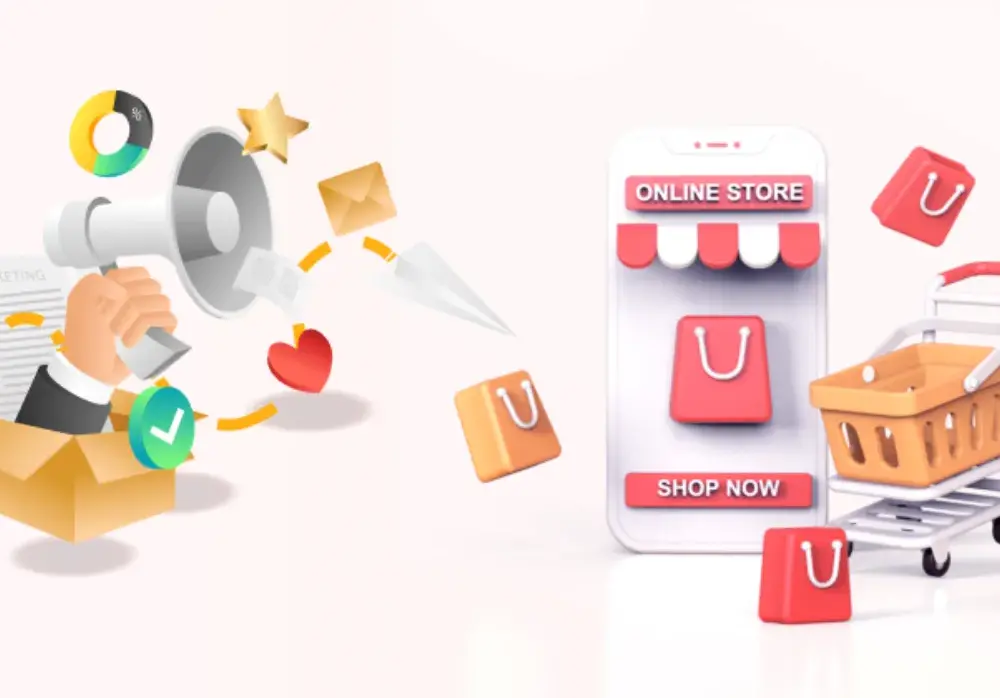The Power of In-Store Marketing: Elevating Brick-and-Mortar Stores in 2024
In the ever-evolving world of retail, brick-and-mortar stores are discovering the potency of in-store marketing to captivate customers and enhance their shopping experiences. While digital platforms often dominate discussions, physical stores possess a unique advantage: the ability to engage shoppers directly, right at the point of sale. Let’s explore the realm of in-store marketing, uncovering its significance and strategies for success.
Why In-Store Marketing Matters
Picture your last visit to a store. Was it merely a task to check off your list, or did it offer an engaging experience? Modern consumers seek more than just transactions; they crave memorable interactions. While eCommerce platforms excel in this realm, physical stores hold the potential to deliver immersive experiences. Take the example of Redbull, transcending its product to offer exhilarating adventures online, blending the digital with the tangible essence of its brand.
Decoding In-Store Marketing
In-store marketing encompasses strategies deployed within physical retail spaces to promote products and elevate customer experiences. Unlike digital tactics that may interrupt, in-store initiatives engage shoppers at the pinnacle of their shopping journey, fostering personalized interactions and driving sales.
Types of In-Store Marketing
In-store marketing manifests in various forms, each tailored to captivate customers and amplify sales:
Window Displays: A captivating showcase of products and promotions, enticing passersby and beckoning them inside.
Product Demonstrations: Interactive demonstrations that showcase product features and benefits, inviting customers to experience them firsthand.
Interactive Kiosks: Touchscreen displays offering product information, recommendations, and interactive experiences, enriching the shopping journey.
Visual Merchandising: Strategic arrangement of products and displays to create visually appealing and thematic shopping environments, enhancing brand storytelling.
Sampling Stations: Offering customers the opportunity to sample products, triggering sensory experiences and driving purchase intent.
In-Store Events: Workshops, demonstrations, or themed events that engage customers and foster community, creating memorable shopping experiences.
The Future of In-Store Marketing
As retail landscapes evolve, in-store marketing remains a cornerstone for brick-and-mortar success. While digital channels expand their reach, physical stores possess the power to forge authentic connections and deliver unparalleled experiences. By embracing innovative in-store strategies, retailers can unlock new dimensions of customer engagement and solidify their position in the competitive retail arena.

